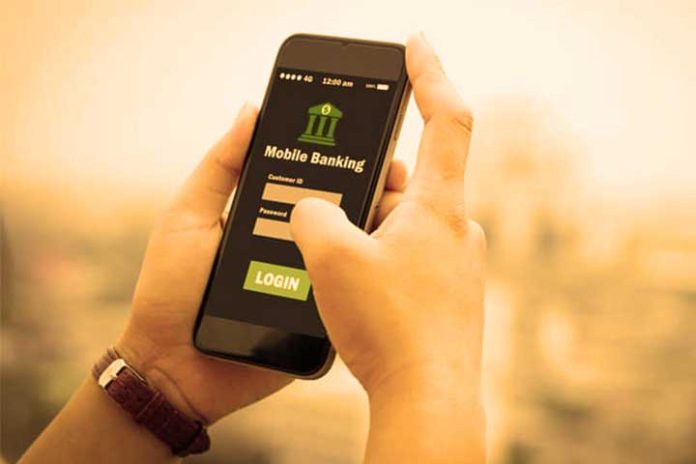Just spontaneously check the account balance or quickly make a transfer on the go – mobile banking makes it possible. However, you should consider a few security aspects if you want to do banking with your smartphone or tablet.
Basically, the banks do everything they can to ensure the security of online and mobile banking. This is ensured, among other things, by the so-called strong customer authentication based on two factors when bank transactions are carried out. This ensures that, as the owner of the smartphone or tablet, you are actually entitled to carry out banking transactions on these devices.
However, if you accidentally downloaded malware to your cell phone, the security of your data would be at risk because you would not send it to your own bank, but to cyber criminals, who could then possibly access your account. That is why it is so important that you take care of your own safety. One step along the way is being aware of potential cybercrime gateways.
Apps can be gateways for malware
Malware can get onto your smartphone in a number of ways. On the one hand, this is possible via a fake app that you load onto your cell phone. On the other hand, any app you download may allow third parties to download malware. This malware could be used to record your entries on the smartphone or tablet and forward them to criminals.
So that means: It doesn’t have to be a “fake” banking app that gets malware onto your smartphone or tablet. Any app that you load onto your phone, such as a music app, can be a gateway. So what can you do to prevent malware from getting onto your mobile device?
5 tips for safe banking via apps
1. Only download apps from authorized app stores!
It is important that you only download apps from the official app store. Always ensure that your apps are up-to-date and install new updates regularly – only from the official app store, of course. Also pay close attention to the name of the app! If you spot misspellings, double periods, or other spelling changes, such as the addition of “pro,” you should pay attention and do further investigation.
2. Don’t rely on download numbers!
Don’t rely on download numbers! No matter how many users supposedly downloaded or liked the app – these numbers are not an indicator of seriousness!
3. Be careful when data is requested!
If you are prompted to enter personal or account information in your banking app after a smartphone purchase or switch, then this indicates a normal login process. However, you should be suspicious if, for example, you have to register again without such a change or if extensive personal data is requested that you have already stored.
4. Check the permissions of your apps!
Check exactly which permissions your app actually needs to fulfill its purpose and which you can disable. To illustrate this with an example: A music app, for example, does not need access to contacts or a location service.
5. Protect your access data!
When you log into Mobile Banking, you will be asked for access data to identify yourself – this can be, for example, a personal identification number (PIN), a password in combination with your subscriber number or an additional transaction number (TAN). Never save your access data on the mobile device, not even as a photo or in an address book entry. This data can not only be read out by stealing the device, but also digitally.
Also Read: Mobile Security: How To Equip Your Phone With Proper Protection


